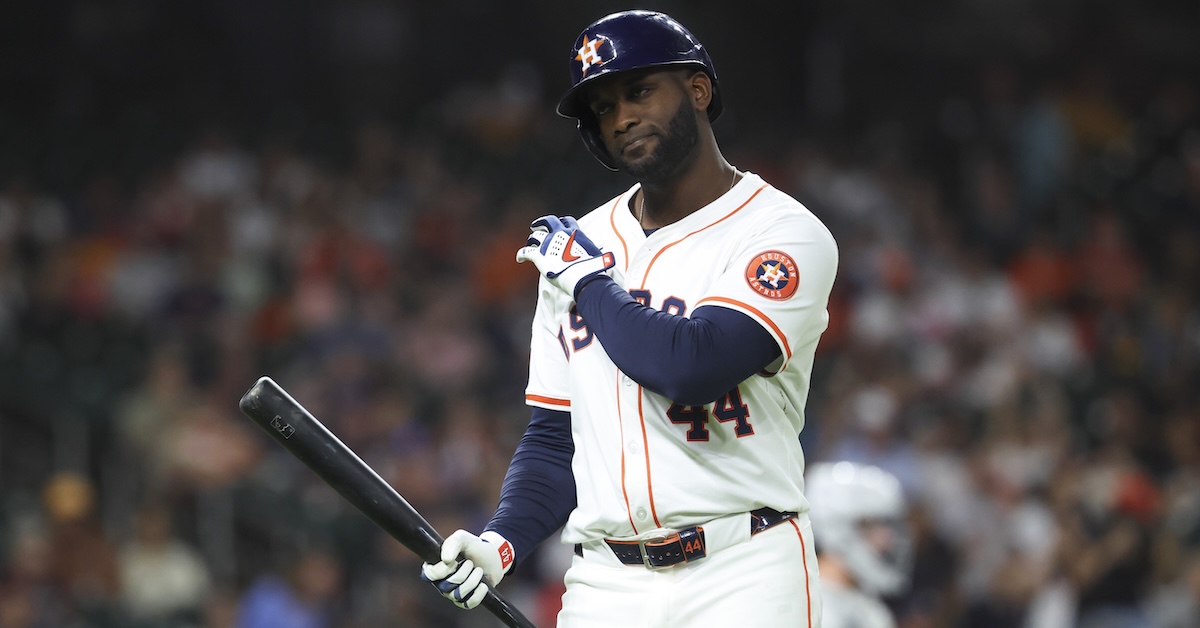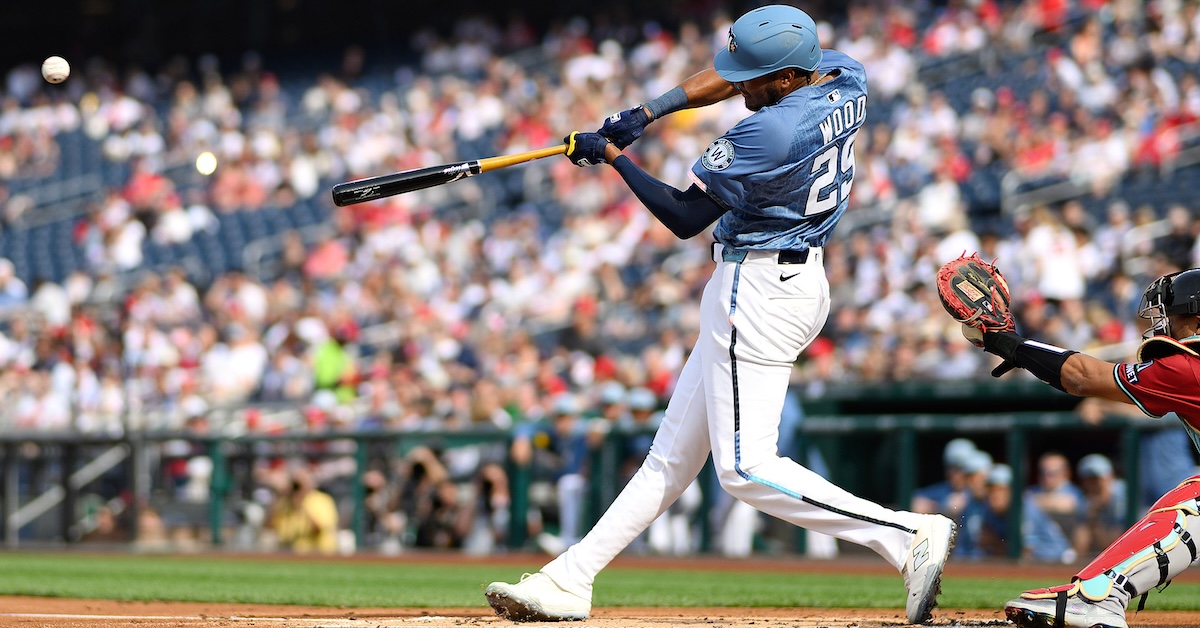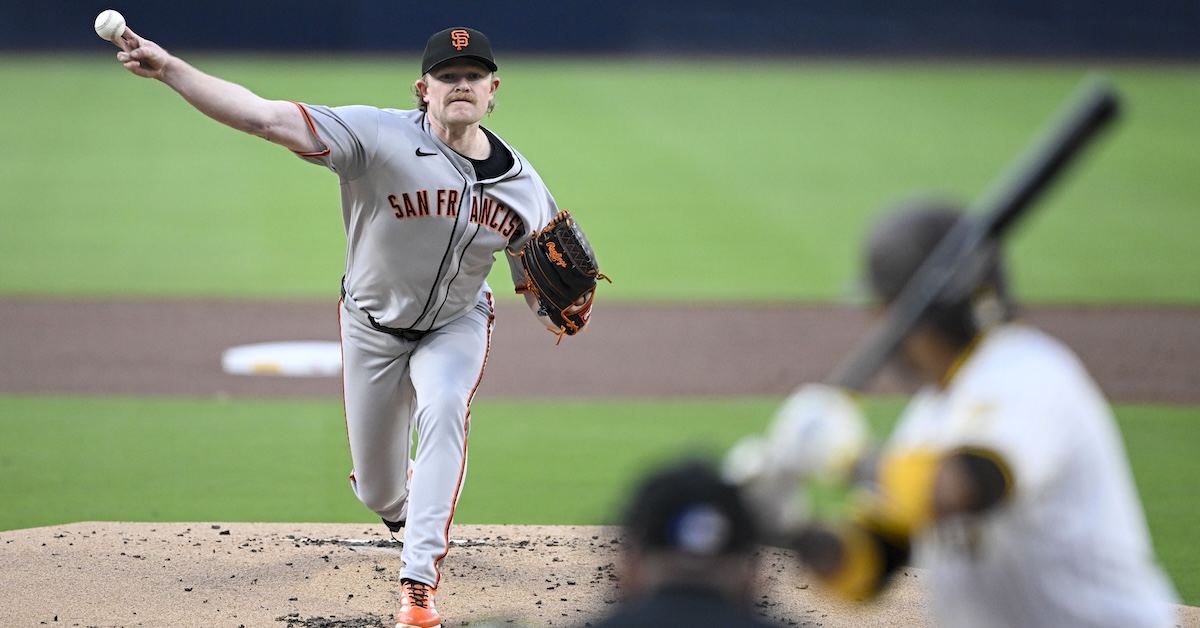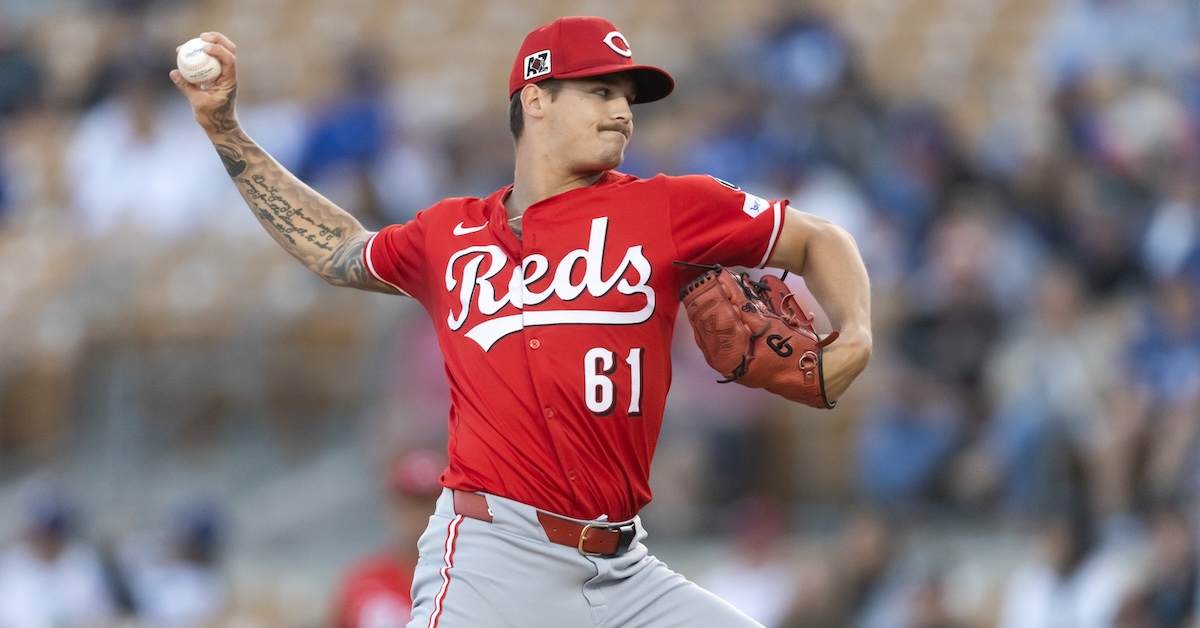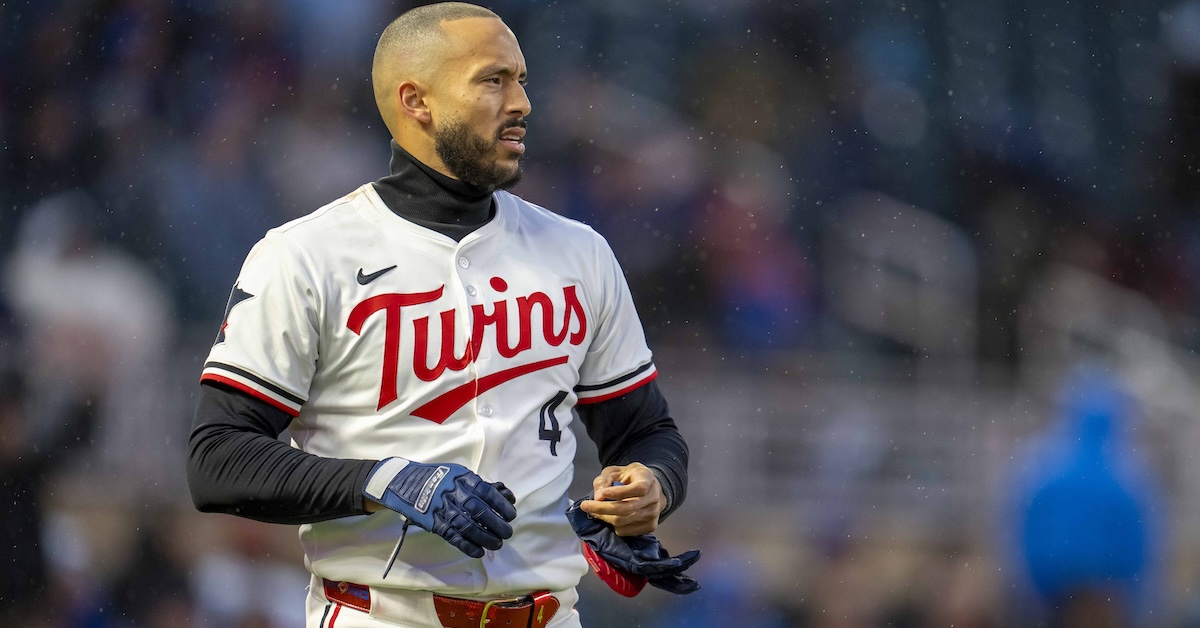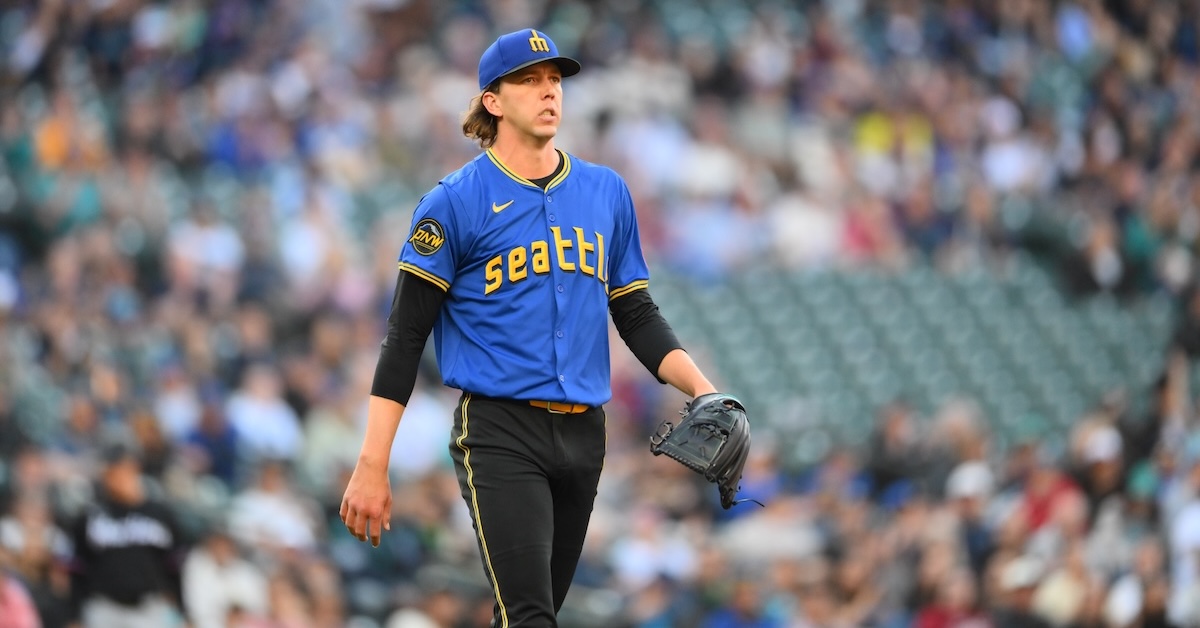Brice Turang Is a Great Model for How To Increase Bat Speed
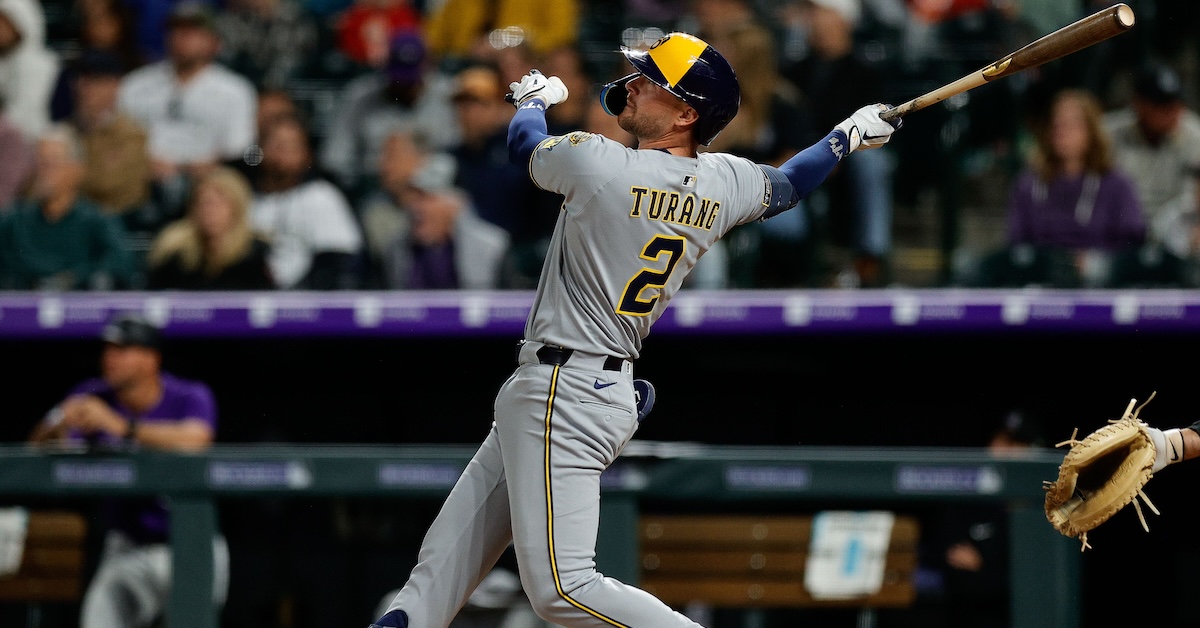
I like to analyze what’s happening with individual batters as a way to have a broader discussion about hitting. The story I wrote about Oneil Cruz back in January also covered how unusual it is for long-limbed hitters to crush high pitches. Digging into Brent Rooker’s excellent 2024 campaign in December offered me an opportunity to look at how batters can make subtle adjustments to command the top of the zone. And today’s piece on Brewers second baseman Brice Turang doubles as a primer on the best way to make bat speed gains.
It’s almost always a good thing for hitters to increase their bat speed. That sounds obvious, right? If you swing faster, you can hit the ball harder, get to more pitches, and have more time to react. No arguments there.
But when training to increase your bat speed, you don’t just swing some weighted bats around and magically become a better hitter. Your goal should be to swing faster while preserving the strengths of your swing. Sometimes higher-effort hacks can have unintended consequences, so hitters and their coaches need to pay attention to how individual swing components interact with all the others. For Turang specifically, this meant he had to figure out how to swing harder while maintaining his elite contact skills, which come from his bat angle variability and short stroke. With bat speed, intercept, and swing length data now in the public sphere, we can better understand how Turang is doing this. But first, let’s take a look at how much better Turang has been this season than he was in 2024:
| Season | xwOBA | xwOBACON | Sweet-Spot% | Barrel% | Hard-Hit% |
|---|---|---|---|---|---|
| 2024 | .297 | .322 | 32.0 | 2.4 | 29.7 |
| 2025 | .364 | .426 | 36.2 | 9.6 | 48.9 |
Yes, somehow, this is the same hitter. Turang’s Barrel% has jumped from the third percentile to the 56th, while his Hard-Hit% surged from the ninth percentile to the 80th. That’s ridiculous. Turang was essentially a bottom-decile guy across the board when it came to contact quality. Now, he’s well above average, and he’s improved without compromising the other parts of his game, which I’ll get into later. He’s also increased his power ceiling, with his max exit velocity climbing from the 33rd to the 64th percentile.
All these improvements are due to the fact that Turang is swinging significantly faster. No qualified hitter has increased his average bat speed more than the 2.8 mph that Turang has added, from 66.2 mph last year to 69.0 mph in 2025. That’s important when you consider that last year batters posted a .164 xwOBA on swings below 66 mph. Looking at how the distribution of Turang’s swing speeds has changed further demonstrates why it was especially crucial for him to take harder hacks:
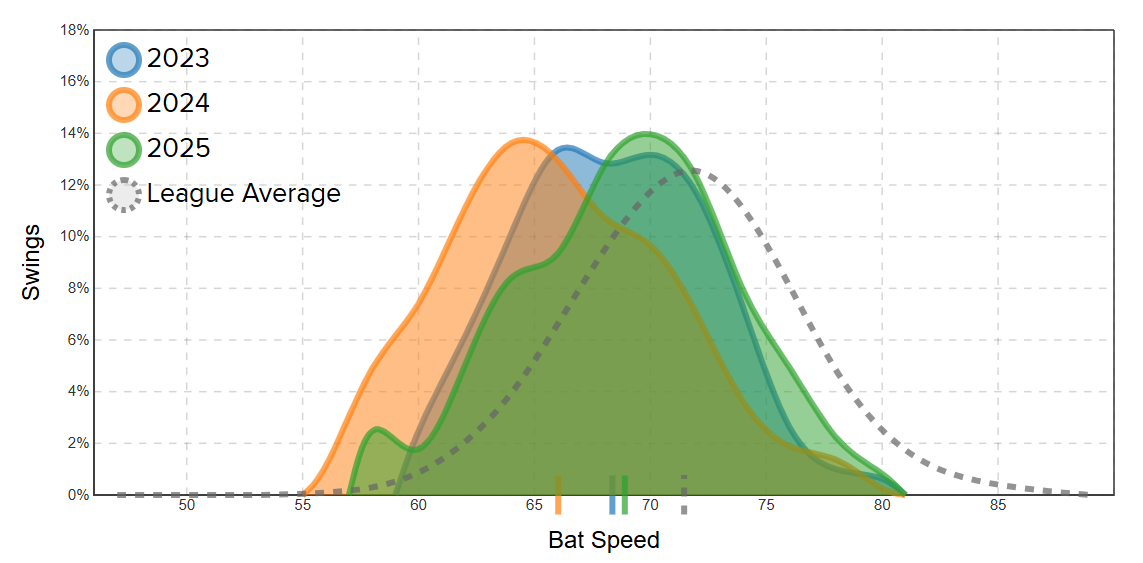
This visualization specifically focuses on swings when Turang made contact. In 2024, about a tenth of his swings were at or below 60 mph, and those swings yielded a .165 xwOBA. Now, nearly all of his swings have a speed above that threshold. He has raised his floor a ton by minimizing how often he swings that slowly. The midpoint of his swing speed distribution has shifted beyond 70 mph – more often than not he’s giving himself a chance to do real damage, and that just wasn’t the case in the past.
Going back to what I mentioned earlier, Turang has kept other components of his swing almost exactly the same even as he’s made these gains. His point of contact relative to his body is the same. Last year, his intercept point (which also includes swings without contact) was 31 inches versus his center of mass. This year, that’s shifted, but barely, 30.6. This is fantastic. To understand why, I need to get a little nerdy and bring in some more context. There are ways to cheat bat speed gains that can actually be detrimental to a hitter. Yes, I know that’s a bit contrary to my previous point, however, it can be true! If a hitter does everything the same and shifts his point of contact further out in front of his body (even if that creates suboptimal contact) his bat speed will increase!
It comes down to physics. One component of measuring bat speed is the distance from the bat’s knob (assuming that is the reference point) to the point of impact. If that radius increases, so will your bat speed, though obviously there is a limit here. That means that you can keep your angular speed (how quickly the bat rotates) the same while lengthening your radius to increase your bat speed. There is a sweet spot for that radius increase to be beneficial. If you exceed it, you’ll start to yank all your solid contact foul, and if you want to keep the ball fair, you’ll have to alter your bat angles, which leads to suboptimal contact. Like with every part of baseball, balance is needed.
Based on this calculation of bat speed, we can deduce that Turang is creating more angular speed in order to increase his overall bat speed without changing his average intercept point much. Very good! Along with that, Turang’s swing length is still elite (90th percentile this year compared to 100th last year), and he is now standing more toward the back of the box. The former means his swing is still short and sweet, and the latter adjustment might mean that when he does shift his point of contact farther out in front, he has more wiggle room to keep the ball fair. All this combined leads to the type of improvements we’ve seen so far.
Lastly, I’ll leave with you some video highlighting how Turang has drastically changed his setup compared to last year, which likely is one of the main factors driving his bat speed gains:
2024
2025
He stands more narrow with his hands higher and begins his load with a big leg kick. This has helped him swing the bat faster on average by cutting down on his slower, non-A swings while also maintaining his previous point of contact. For many hitters, the leg kick is a timing mechanism and not just a way to set up their rotation. I think this is the case for Turang. And to make sure this change wouldn’t leave him off balance, he has paired it with higher hands to keep his upper and lower halves connected. Really good process decisions here.
Turang has always been a great baserunner and an excellent fielder, but because of the gains he made during the offseason, he has elevated both his ceiling and his floor. And as a result, he is now emerging as a valuable everyday player for Milwaukee.

